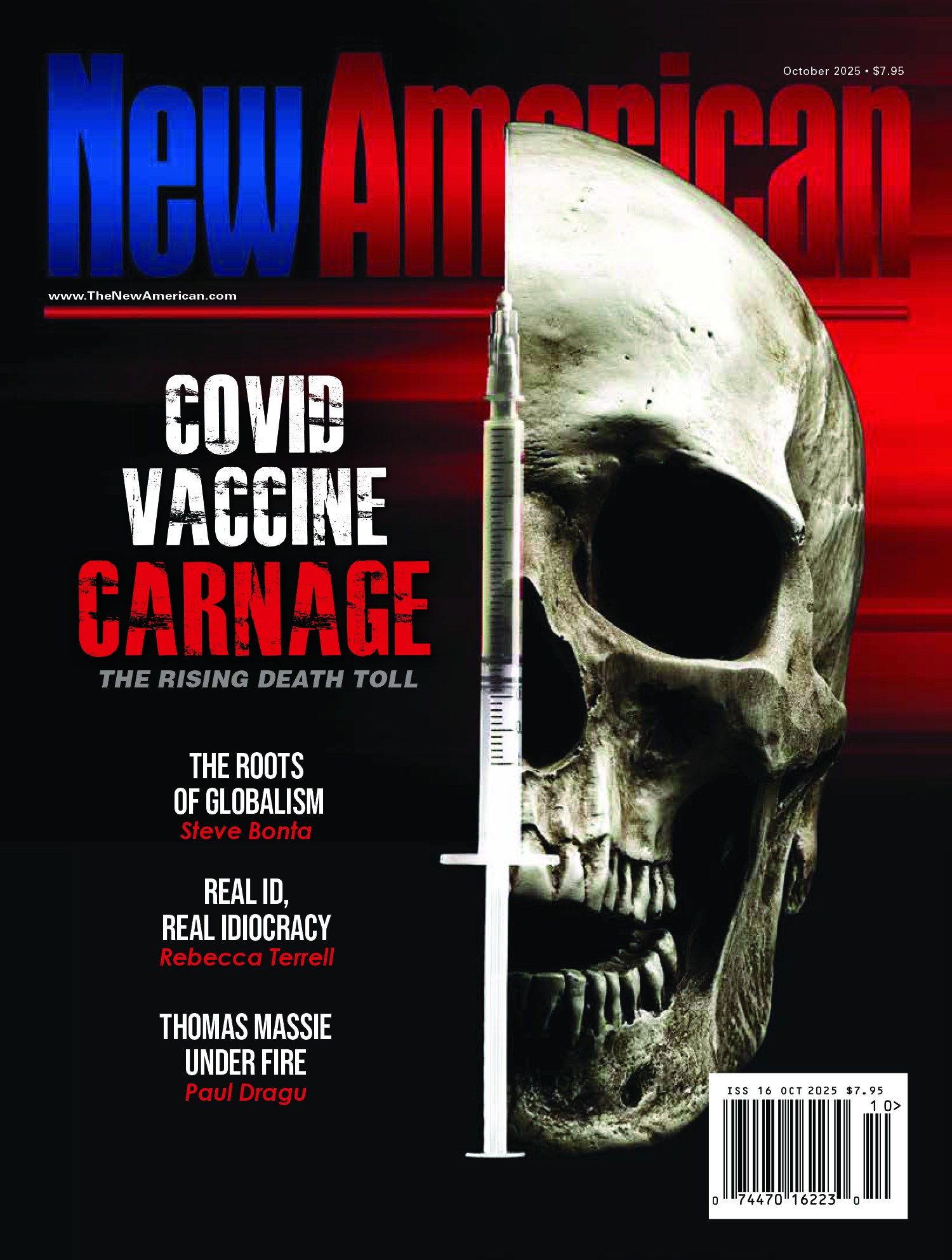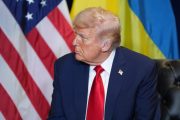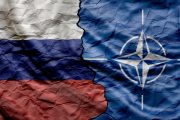The Eurozone is not economically or politically tenable in the long run — unless European nations are willing to cede much more sovereignty and truly become a “United States of Europe” — says Andrew Bosomworth, managing director of the Pacific Investment Management Company (PIMCO), the world’s largest bond fund. “The lesson from history is that the status quo we have now is not a tenable structure,” Bosomworth said in a recent article in London-based The Telegraph. “There’s no historical precedent that this sort of structure, which is centralised monetary policy, decentralised fiscal policy, can last over multiple decades.”
Regarding Europe’s long-term future, Bosomworth left no doubt what needed to take place for the Eurozone to survive:
Will we get the United States of Europe? It’s not impossible, but Europe could also spend many decades in a hybrid form of a political and fiscal federation. While there might not be one government, one passport and one army, we could be moving closer towards that — but not yet.
This is what is truly at stake as the political and economic chaos in Europe rolls on and on, pitting nationalists (often portrayed as fanatical “right-wingers”) against an internationalist European Establishment bent on solidifying and strengthening the more than 20-year-old European Union. It is easy to be distracted by the drama of spectacular economic swings in Spain and rioting in Greece; the issue is not whether Greece should restore the drachma, or whether Catalonia should secede from Spain, but whether Spain, Greece, or any other European country will exist in any meaningful way a generation or two from now.
As for historical precedent, Bosomworth claimed correctly that there’s no historical precedent for a centralized monetary policy coupled with a decentralized fiscal policy — i.e., a single fiat currency issued by a single central bank (the ECB) coupled with separate budgets and tax structures in each member country.
But what of the long-term viability of international trade agreements in general? In 1356, under the leadership of the Baltic Sea trading town Lübeck, an international trading association that came to be known as the Hanseatic League was created. Born of the belief that barriers to free trade among the prosperous merchant cities along Europe’s northern coast, from Russia and Finland to England, ought to be lowered, the Hanseatic League was a signal success, ultimately drawing in trading centers as remote from one another in language, culture, and geography as London, Novgorod, and Riga. Many cities associated with the League (like London and Novgorod) were not actually members of the loose political federation that it entailed, but instead allowed Hansa traders to set up “Kontors” (or what we might now call “free trade zones”) that competed with local merchants. Other cities chose to join the political confederation for which an annual Diet (the Hansetag) was convened in Lübeck itself. However, decisions of the Hansetag were not held to be binding on member states, and each of the more than 100 cities that were involved with the League chose whether to be involved with the League’s political activities and to what degree.
The Hanseatic League became an important engine of trade and economic growth across northern Europe, facilitating the exchange of such important goods as furs, timber, wheat, fabrics (especially English wools), and ore. At the height of its power, the League even waged a war against Denmark (the Danish-Hanseatic War of 1426-1435) and maintained a vigorous campaign against piracy. More to the point, the League lasted almost four hundred years before finally succumbing to rival commercial and military powers. Even today, however, a few former Hansa cities still claim membership in the League.
While the majority of Hanseatic cities were German-speaking, the League included English, Russian, Estonian, Latvian, and other languages. The desire for freer trade ultimately trumped national and linguistic differences, and allowed the League to prosper for centuries. Never was there any suggestion that the League become a single political entity; participation in the League’s political deliberations was entirely voluntary, and many member cities owed their only political allegiance to the Holy Roman Empire.
What is different about the modern Eurozone and the European Union that has tended to impoverish, rather than enrich, most of its member states, and to encourage, rather than diminish, political instability? As Bosomworth and many others have observed, the Eurozone, after a few years of growth following its heady debut in 1999, has been chronically unstable, giving every indication of disintegrating in the fairly near-term.
The difference is that the Hanseatic League, which was created before modern fiat money had been invented in Europe, needed no central bank, single currency, or “monetary policy,” because its transactions were all reckoned according to commodity-based currencies (gold and silver). Absent the need for “monetary policy” (i.e., creative currency manipulation) endemic to modern fiat monetary systems, the Hanseatic League had no incentive to seek political consolidation (or, as modern internationalists coyly style it, “integration”).
As a broader principle, it is modern fiat money that has driven much of the expansion of government on the national as well as the international level, because the chronic inflation that it produces fuels the boom and bust cycles that trigger panics, recessions, depressions, and currency crises — and these, in turn, always engender calls for more and more government to “fix” the problem.
In a word, true international trade associations can be stable, long-lasting, and economically beneficial, if embarked upon in the context of commodity-based currency; otherwise, they are inherently destabilizing and must lead, in the long run, either to disintegration or to more and more political integration.
Nor should we console ourselves that disintegration is inevitable in Europe. Although Europeans are divided along lines of language, culture, and religion, countries more diverse than the European Union have managed to survive through decades of instability and chronic economic malaise, as the modern state of India exemplifies. Despite having almost five times the population of Europe, speaking hundreds of languages, and harboring significant populations of six of the world’s major religions, India has survived as a single polity for more than 60 years. Although it experiences poverty on a scale that dwarfs all other nations, strong regionalist sentiment, and irreconcilable, bitter grievances between India’s two dominant religious groups (Hindus and Muslims), India has become a formidable regional military power with a substantial nuclear arsenal and has actually added significant territory since its founding, such as Hyderabad, Goa, and Sikkim. The reason for its survival is that India has always been ruled by a tiny clique of English-speaking, Western-educated elites dedicated to the internationalist vision and willing to do whatever is necessary to hold India together.
In similar fashion, the aristocratic architects of modern Europe have no intention of relinquishing their grip on Europe’s future, or on surrendering the progress they have made toward political union.
At root, then, the ongoing saga of the Eurozone is a contest between economic and political forces. Left entirely to its own devices, the Eurozone (and, indeed, the entire European Union, as well as the bogus currency upon which it is based) would meet a swift demise thanks to the unforgiving laws of economics. Only financial and political jiggery-pokery can keep the Eurozone intact, and only by continuously consolidating and strengthening the political power of the EU at the expense of the sovereignty of its members.
How this contest will play out in the long run will depend on the European people and their willingness to continue to bear the chains of internationalist servitude.




